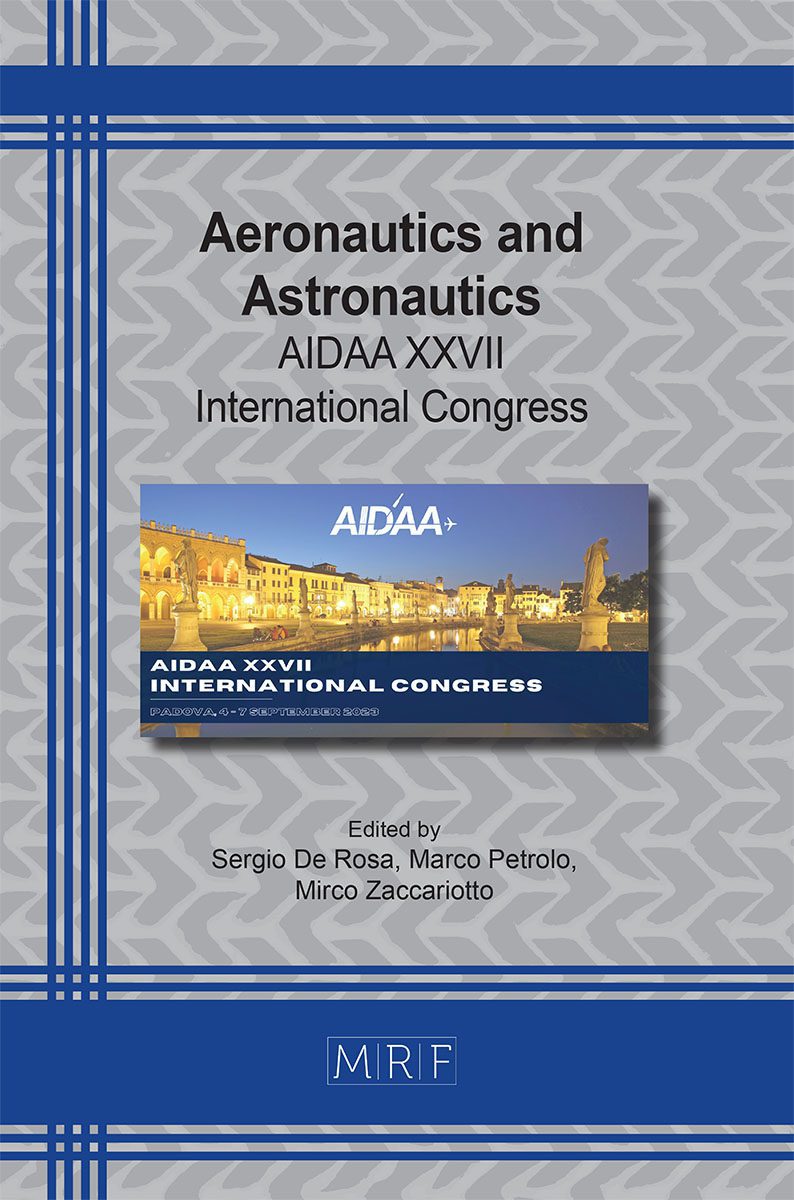Labyrinth quarter-wavelength tubes array for the reduction of machinery noise
G. Catapane, G. Petrone, O. Robin, J.-C. Gauthier-Marquis, S. De Rosa
download PDFAbstract. Anthropogenic noise from navigation is a major contributor to the disturbance of the acoustic soundscape in underwater environments. The noise generated by ship’s machinery exhibits energetic tonal harmonic peaks at multiples of the rotating and firing frequency, that occur in the 20-200 Hz frequency range and difficult to control with classical soundproofing materials. Quarter wavelength tubes (QWT) can be a concrete solution since their absorption peaks are harmonic odd integers of the first resonance frequency. The main issue of QWT is their tuning length, which equals 1.43 m for a 60 Hz resonator. The problem is solved by coiling the tube into a labyrinth. Three labyrinth quarter wavelength tubes are tuned respectively at 60, 90 and 120 Hz. Samples are printed with filament 3D additive manufacturing techniques using PLA and tested with a square impedance tube designed for low-frequency measurements. Measurement results are in good agreement with analytical and numerical predictions. An array including four 60 Hz, four 90 Hz and four 120 Hz labyrinths QWTs is finally tested.
Keywords
Underwater Noise, Acoustic Resonators, Noise Control
Published online 11/1/2023, 4 pages
Copyright © 2023 by the author(s)
Published under license by Materials Research Forum LLC., Millersville PA, USA
Citation: G. Catapane, G. Petrone, O. Robin, J.-C. Gauthier-Marquis, S. De Rosa, Labyrinth quarter-wavelength tubes array for the reduction of machinery noise, Materials Research Proceedings, Vol. 37, pp 740-743, 2023
DOI: https://doi.org/10.21741/9781644902813-158
The article was published as article 158 of the book Aeronautics and Astronautics
![]() Content from this work may be used under the terms of the Creative Commons Attribution 3.0 license. Any further distribution of this work must maintain attribution to the author(s) and the title of the work, journal citation and DOI.
Content from this work may be used under the terms of the Creative Commons Attribution 3.0 license. Any further distribution of this work must maintain attribution to the author(s) and the title of the work, journal citation and DOI.
References
[1] B. M. Spessert, E.-A.-H. Jena, M. Fischer, and B. Kühn, “Combustion Engine Noise-a Historical Review, Internoise 2019, Madrid, Spain.
[2] A. Magnani, C. Marescotti, and F. Pompoli, “Acoustic absorption modeling of single and multiple coiled-up resonators,” Applied Acoustics, vol. 186 (2022). https://doi.org/10.1016/j.apacoust.2021.108504
[3] C. Zwikker and C. W. Kosten, “Sound Absorbing Materials,” Elsevier Publishing company, 1949.
[4] G. Catapane, D. Magliacano, G. Petrone, A. Casaburo, F. Franco, and S. De Rosa, “Labyrinth Resonator Design for Low-Frequency Acoustic Meta-Structures,” in Recent Trends in Wave Mechanics and Vibrations, 2022, pp. 681–694. https://doi.org/10.1016/j.apacoust.2021.108504
[5] N. Atalla and F. Sgard, “Modeling of perforated plates and screens using rigid frame porous models,” J Sound Vib, vol. 303 (1–2), 195–208 (2007). https://doi.org/10.1016/j.jsv.2007.01.012































